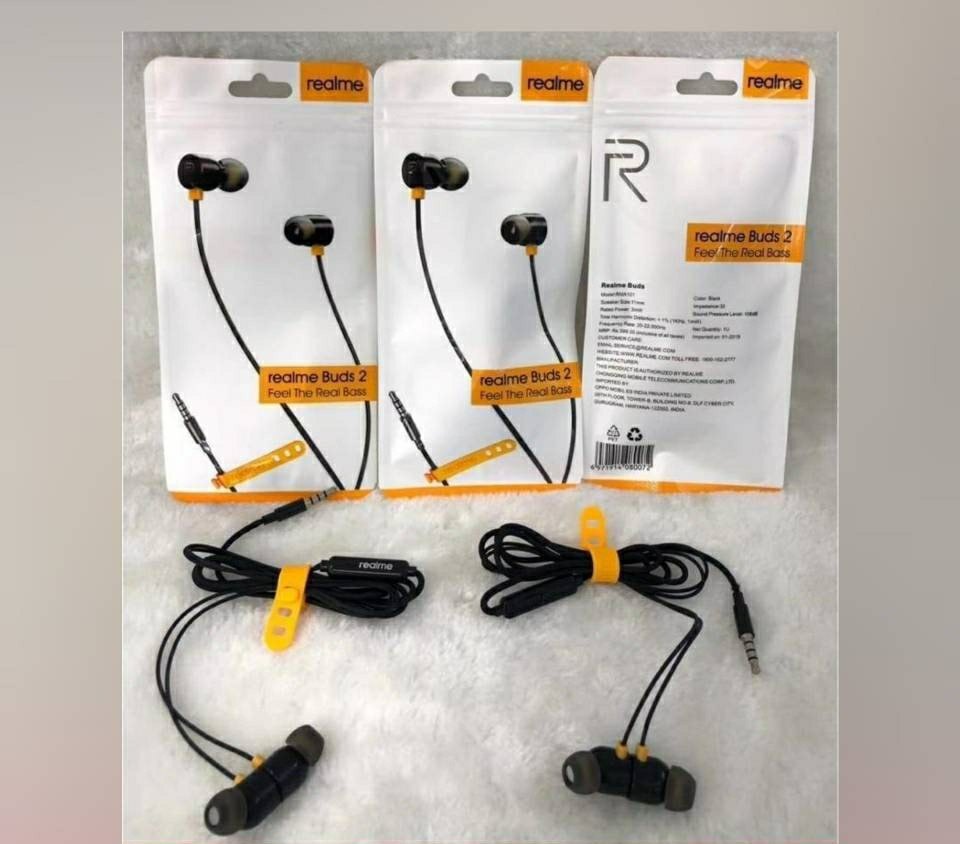Strategies for Motivating Middle School Students to Read

Convincing middle schoolers to read can be a real uphill task. At such a transitional period, where they are at the boundary between children and adolescents, their interests are most unpredictable and their attention may be limited. However, given the approach, it can fantastic to render a real enthusiasm of literature, even in students who are not reading willingly. The following paragraph contains practical strategies that can increase the reading engagement in a middle school environment.
Empower Students with Choice
Forcing the usage of certain reading materials seldom works. Rather than do so, allot students the chance to choose among an extensive variety of genres: graphic novels, mystery, biography, science fiction, and poetry, to mention but a few. The freedom gives them control and reading becomes fun and more an activity you can identify with.
Nonfiction need not be boring – and a good example is chemistry magic. Combine learning material with learning activities that are visually stimulating or fictional in nature e.g. eBooks that anthropomorphize scientific elements. This can develop curiosity on the topics that students may not want to take up.
Build Confidence Through Shorter Texts
Not all students can read long novels, and it is not realistic to expect all of them to do it. Provide fewer formative comics, short stories, or articles to make students feel some mini-victories. Finishing these smaller works increase confidence and invites further involvement.
In case of long texts, reading can be divided into achievable steps or missions, such as reading a chapter every day or engaging in some creative processing (e.g. drawing a major scene, summarizing the chapter in a contemporary style). All these small activities make reading more approachable and not so intimidating.

Develop Community Interest in Reading
Students in middle schools prefer to interact socially. Capitalize on this by establishing reading groups, swaps or formal discussion groups. When reading becomes a collective experience, students have much higher likelihoods to participate and engage.
Incorporate technology by asking students to create reading applications or leave book reviews to their peers. This gives a sense of belonging and makes reading worthwhile and contemporary.
Take Advantage of Dynamic and Graphic Materials
Visual learners will have an advantage because, besides having written content, the materials needed will provide them with more than text. Use books with illustrations, moving formats, or interactivity (eBooks, full of clickable links). Science-fiction books and graphic novels are the examples that can help fill the gap and make the reading process more attractive.
These graphically exciting learning books can be easily found on AMAZON marketplace. They also act as a means of keeping the students interested and also as a way of solidifying learning goals.
Conclusion
Middle school is one of the most important grades in the life of a student. Reading can be turned into something rewarding instead of being a duty by providing choice, building a sense of community and by relating what is being read to the interests that students already have. And through specific plans, an open-minded approach, even the most reluctant students can be taught to develop a true reading enthusiasm.




